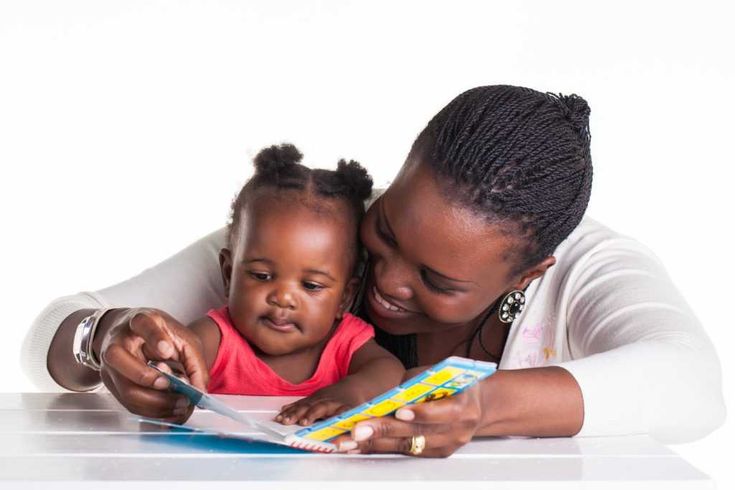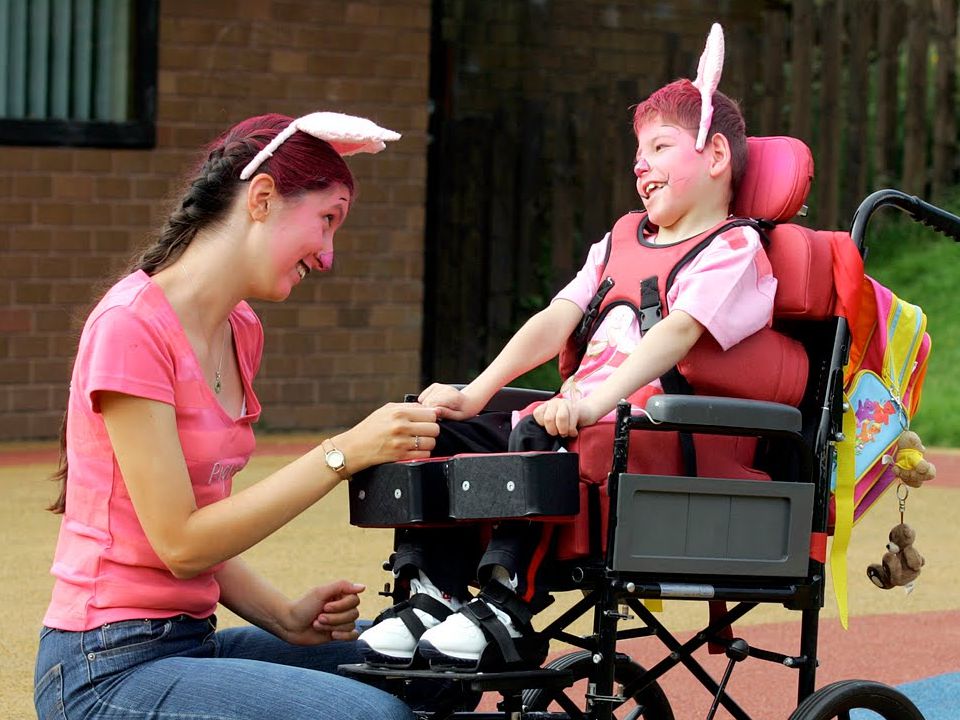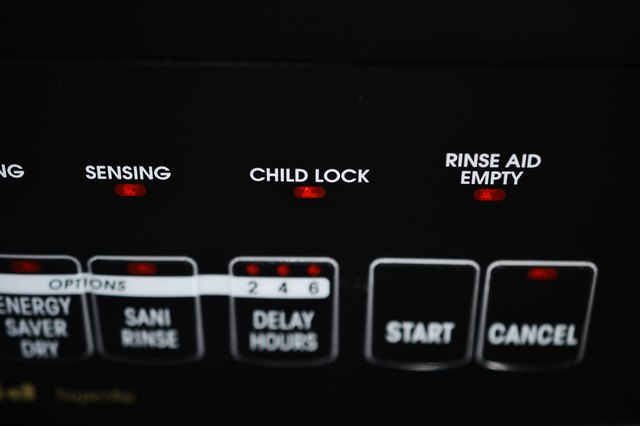How to get child tested for learning disability
What to Do If You Suspect Your Child Has a Learning Disability
Learning disabilities are real
According to the National Institutes of Health, they affect 15% of America’s school children. With early intervention, children with learning disabilities can learn strategies to achieve as well as other youngsters do.
If you suspect that your child has a learning disability, don’t despair. Follow a few important steps and you will be on the way to helping your child and educating yourself in the process.
Collect information about your child’s performance
Organizing information about your child will help you to monitor progress. Meet with your child’s teachers and other school personnel to understand his or her performance and attitude towards school. Observe your child’s ability to study, do homework and finish the tasks you assign at home. Keep a file of all the materials about his or her education including tests and results. Keep a record of what you notice and about your talks with professionals. This dated information will be valuable in planning for your child.
Have your child tested
Ask the school administration to provide a comprehensive educational evaluation. This will include interviews, direct observation, a review of your child’s educational and medical history, a test that will measure your child’s strengths and weaknesses, and conferences with professionals who work with your child. Either you or the school can request the evaluation, but it is only given with a parent’s written permission.
Teamwork
If the results indicate that your child has a learning disability, she or he is eligible for special educational services. You will work with a team including your child’s teacher to develop an Individualized Education Program (IEP). This is a written document that summarizes your child’s educational performance, plans the short-term educational goals and outlines annual goals. It also gives methods for measuring progress. You are a big part of this program so don’t be afraid to speak up.
If your child does not qualify for special education, it is still important for you to work with the teacher to create an informal program that meets your child’s needs.
Find ways to help
Changes can be made in classroom routines to help children with learning disabilities. Talk to your child’s teachers about these ideas: reading aloud, allowing extra time on exams, taping lessons and using new technology.
Talk to your child about the disability
Reassure your child that having a learning disability only means that his or her mind works on words and information a little differently. It does not mean being stupid or lazy. Be honest and optimistic with your child. Explain that though learning may be a struggle he or she can still succeed.
Know your child’s strengths
Children with learning disabilities are often very smart, or good leaders, or outstanding in sports or creative areas like art or sculpture. Focus on your child’s strengths as well as helping with the difficulties.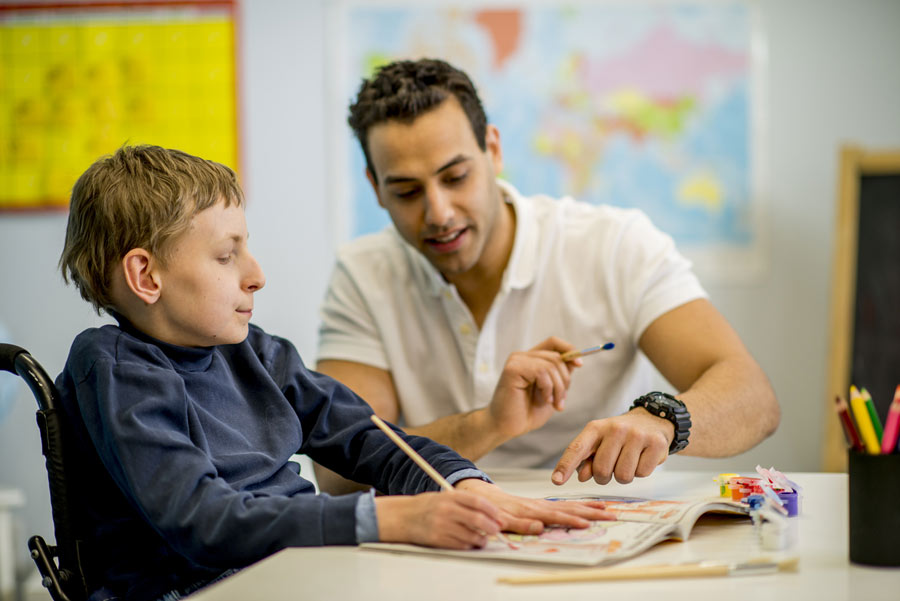 If time allows, encourage your child in after school activities.
If time allows, encourage your child in after school activities.
Work with your child at home
Help your child do homework by establishing a regular time and a specific place for it and giving lots of encouragement. Praise your child for work well done and practice good school behavior at home.
Know your legal rights
Learn about your legal rights by asking the school for a summary of them. Under the law, every child with a learning disability has the right to a “free and appropriate public education.”
Join with others
The best way to learn more about learning disabilities and to meet other parents is to join one of the groups listed here. You will get the latest information and find new ways for your child to reach their full potential.
The Coordinated Campaign for Learning Disabilities is a collaborative public awareness effort of the following organizations:
Having Your Child Tested for Learning Disabilities Outside of School
Who you choose to work with your child is a key decision. A professional who provides a good diagnosis that reveals your child has a learning disability (LD) or ADHD, for example, can be a gateway to services that open doors to learning and a more fulfilling life for a student. A good tutor can help your child learn reading strategies or catch up in school.
A professional who provides a good diagnosis that reveals your child has a learning disability (LD) or ADHD, for example, can be a gateway to services that open doors to learning and a more fulfilling life for a student. A good tutor can help your child learn reading strategies or catch up in school.
You can find the names of professionals to choose from in local phone books, from a list provided by the school, or from people you know. LD OnLine also lists professionals in its Yellow Pages.
Although you definitely want to work with someone who makes you and your child feel comfortable, that's not enough. Here are some questions to ask and points to keep in mind when deciding which professional to choose.
Are you licensed or certified?
Many professionals can suspect LD and/or ADHD, but not all of them are licensed or certified to diagnose these disorders.
When you go to a person in private practice (i.e., someone who is not employed by the school system), it's important to determine if the professional has the needed license to be in private practice and to make the diagnosis of LD or ADHD.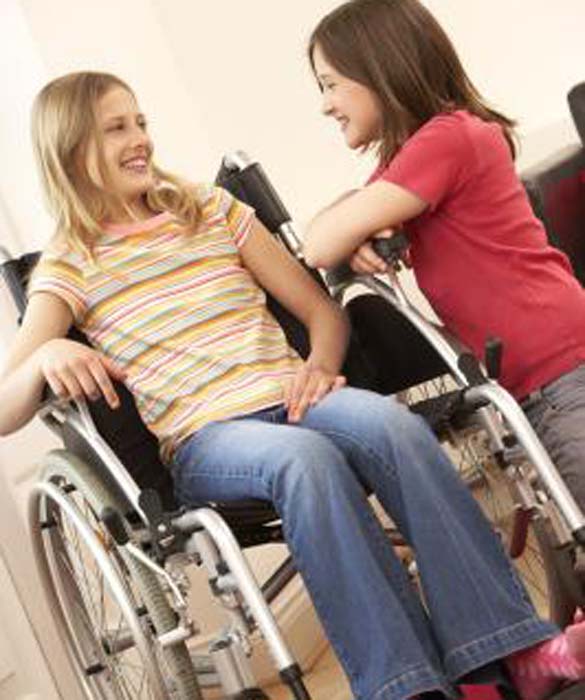 Most states require the license of psychologists, psychiatrists, social workers, and lawyers to be in clear view in their offices.
Most states require the license of psychologists, psychiatrists, social workers, and lawyers to be in clear view in their offices.
What areas do you specialize in?
Ask the person, "What is your area of expertise?" This could include learning disabilities, ADHD, speech and hearing, legal issues, behavior modification, education, emotional concerns, family counseling, and more. Consider which experience and expertise is most appropriate for your child's situation.
What age range do you specialize in?
The person could specialize in working with preschoolers, children, adolescents, or adults. It's important to choose a professional who is used to working with children of your son's or daughter's age.
What are your fees?
Ask the person what his or her hourly rate is and how an hour is defined. Some use a 45 or 50 minute hour (this is so they have time to write notes about the session). You may also want to ask whether appointments can be broken up into smaller blocks, what happens if you miss a scheduled appointment, whether there is a sliding fee scale, and if a payment plan can be set up.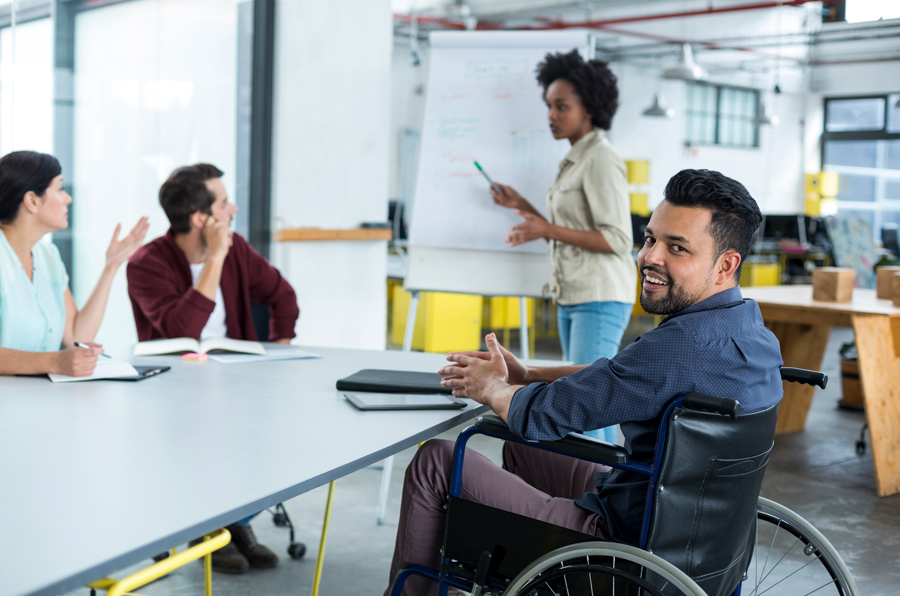
Will you accept my insurance or HMO coverage?
Not all professionals will take insurance and not all insurance will pay for the professional's fee. If money is an issue, you need to know upfront if your insurance or HMO will pay for the professional's fees and whether the professional will accept your insurance. Also ask if the office will submit bills to the insurance company or if you will need to do so.
Will I get a written report?
If you need a written report for an upcoming meeting with the school, make sure the person will be able to meet your deadline. Determine how long it usually takes to get a written report and whether the cost of the report is included in the estimated charge.
Will you coordinate with the school?
Ask if the person will go to the school for meetings if needed and how that time will be billed. Find out if the person will coordinate the work he or she is doing with your child with what your child's classroom teacher is doing in school.
What range of services do I need?
Think about whether you need someone to just do testing, whether you need someone who can also work with the school, and whether your child needs a few sessions or many.
What information can I gather to help with the diagnosis?
Look for your child's school records, work samples, past assessments, and teacher comments, all of which may help the professional gain information on how to assess or help your child.
How should I explain this to my child?
Ask the person for advice on how you can talk to your child about his or her need for testing, counseling, or educational intervention.
Do I want to interview more than one professional to determine the best one for my child's needs?
Yes. Unless you have a strong recommendation from a close friend or from the school, it is wise to interview more than one person before making a decision.
Learning Disabilities: Identifying Signs and Supporting Your Child
Learning Disabilities are severe and persistent learning difficulties in reading, spelling, writing, and math. A child with a learning disability has a low level of ability in one or more of these areas. Educational abilities, age, etc. are taken into account.
A child with a learning disability has a low level of ability in one or more of these areas. Educational abilities, age, etc. are taken into account.
Learning disabilities are sometimes referred to as specific learning disabilities, learning difficulties, specific learning difficulties and dyslexia.
Learning disabilities should be assessed and diagnosed by professionals.
Causes of learning disabilities
We do not yet fully understand the exact causes of learning disabilities. But we do know that when a child is unable to learn, parts of his/her brain experience difficulty processing information - this is called "neurological processing difficulty".
General "processing difficulties" include difficulty processing sounds in words or problems remembering unrelated pieces of information, such as a new list of numbers or letters.
Learning disabilities are associated with certain genes and can be inherited. If other members of your family have problems with reading or spelling, or have been diagnosed with a learning disability, chances are that the next generation of children may have the same problems.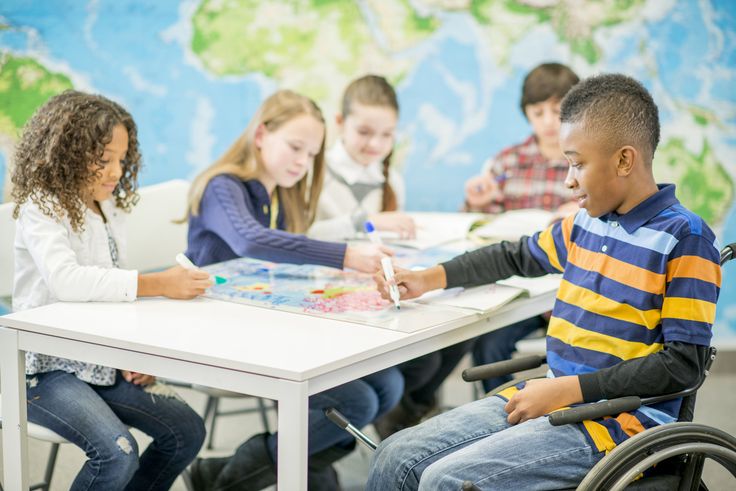
Signs of a learning disability
If you think your child may have a learning disability, look for some common signs. Having one or more of these does not mean that your child definitely has a learning disability. But if you're worried, it's a good idea to talk to your child's teacher or family therapist.
If your child has a learning disability, he/she:
- does not like to read and/or has difficulty reading;
- has trouble writing common words;
- it is difficult to distinguish sounds and syllables in words;
- can come up with many interesting ideas, but finds writing them down difficult and slow;
- may have sloppy handwriting;
- is not very confident in school work.
Diagnosis of Learning Disabilities: Steps to Take
Talk to your child's teacher
If you are worried that your child is having trouble at school and may have learning disabilities, you can start by talking to your child's teacher.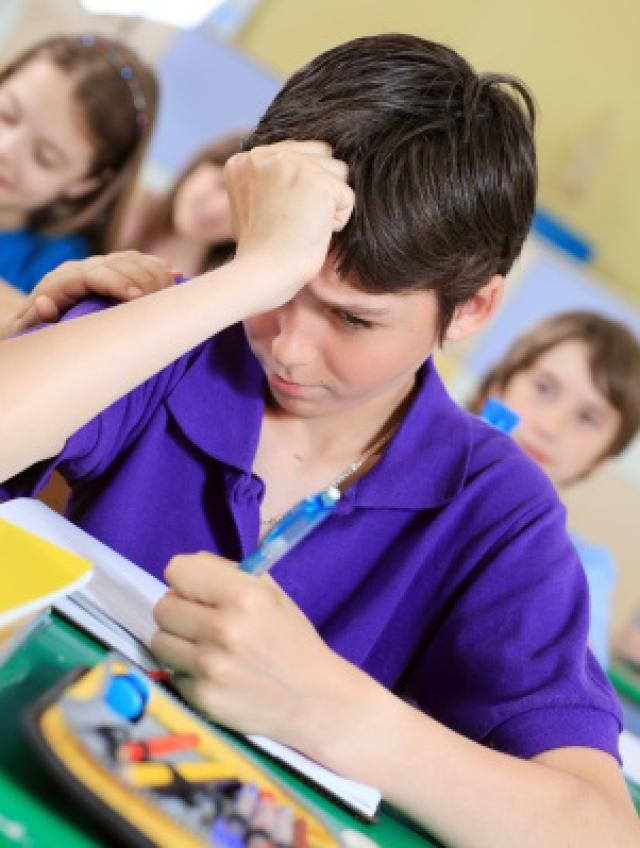
You can ask questions about how well your child is doing in reading, writing and math. It may also be worth talking about the teacher's impression of your child's self-esteem and his/her involvement in learning.
The teacher can test your child and discuss the results with you. This can help you understand if there is any pattern in the occurrence of problems.
Request an assessment
If you are still concerned, ask for a formal assessment at your school.
At this stage, you can involve a speech therapist or psychologist. They will help to check all possible causes. If you have to wait a long time or the assessment is not available at your school, you can make an appointment with a specialist in private, but you will have to pay for this.
It is important to see a GP to check your child's vision and hearing. In this way, you will rule out problems in these areas as the cause of your child's difficulties.
How to tell your child about learning disabilities
Children with learning disabilities cannot do things like reading as easily as their peers.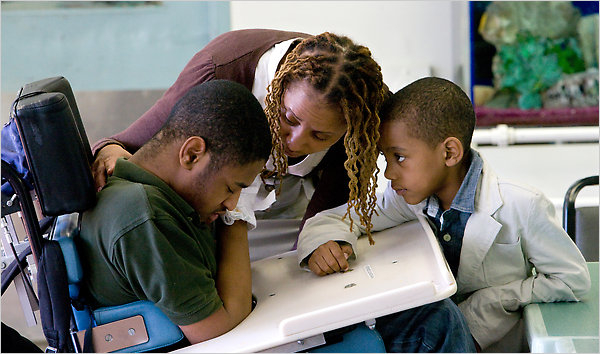 This can lead them to think of themselves as "stupid" or "stupid".
This can lead them to think of themselves as "stupid" or "stupid".
Telling a child that he has learning problems will help him overcome this way of thinking. You can tell your child that a learning disability means their brain processes information differently, but that's doesn't mean he's not as smart as the other kids.
Your child's psychologist or speech therapist can give you advice and help explain to your child what a disability is in a way that he/she can understand.
You can also highlight the positive things your child can do to live and learn with a learning disability. You might mention that many truly successful people have learning disabilities.
Helping your child with learning disabilities build resilience and self-esteem
Children with learning disabilities may suffer from low self-esteem. They are also at higher risk of dropping out of school if the disability is not identified in time.
This means it's important to identify learning problems early and help your child build resilience. Resilience is the ability to overcome challenges and setbacks. It is an important life skill for all children, especially those with learning disabilities.
To help your child be resilient and feel positive about their abilities and disabilities, you can try the following suggestions.
Be a role model
You can be a role model for your child by being positive, assertive and persistent. For example, if you baked a not-so-delicious cake, you might say, “It doesn't matter. I'll try a different recipe next time." Or, if you get negative feedback at work, you might say, "This is hard to hear, but I can also learn from this."
fun and encouragement
- Always praise your child for what he/she decides to do.
- Mark your child's abilities and achievements by pointing out non-academic things in which he/she excels.
 It can be sports, music, drama, kindness and friendliness, or being a great cook.
It can be sports, music, drama, kindness and friendliness, or being a great cook. - Encourage your child to see the positive things in his/her life and see that learning difficulties are only a small part of who he/she is.
- Encourage the child to decide what he/she needs to overcome difficulties - for example, do written instructions and diagrams help, or does he/she prefer verbal ones?
- Take time to be with your child, listen and have fun together. This tells him/her that he/she is special, important and worth spending time with.
- Encourage your child to try new things. Understanding that he/she can study hard will help your child keep going when he/she is having a hard time.
Responsibilities and Expectations
- Give your child the opportunity to take on family responsibilities, make decisions and choices for themselves. Feeling in control is a powerful motivator for boosting self-esteem.
- Be supportive, but don't overdo it, in protecting your child.
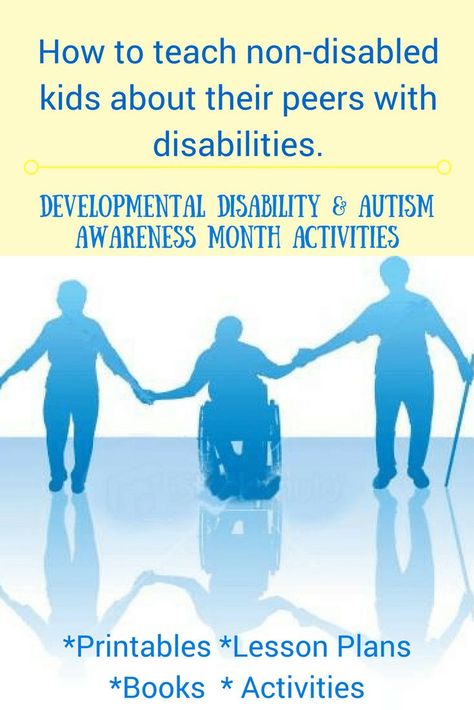 You can do this with the expectation that your child will try their best and complete tasks like homework despite the added challenges.
You can do this with the expectation that your child will try their best and complete tasks like homework despite the added challenges. - Give your child the opportunity to try something new, such as cooking, chess or photography. Doing these activities with your child is a good way to make sure your child succeeds and has fun learning new skills.
Getting extra support for people with learning disabilities
Extra support can give your child the best chance of success in school. If health professionals recommend additional support, you will need a professional, documented assessment to prove your child is eligible for things like extra exam time, learning from a reading expert, or special computer software.
There are many different types of out-of-school support for children with learning disabilities, including help from specialized tutors. The best support for your child will depend on his/her ability to learn.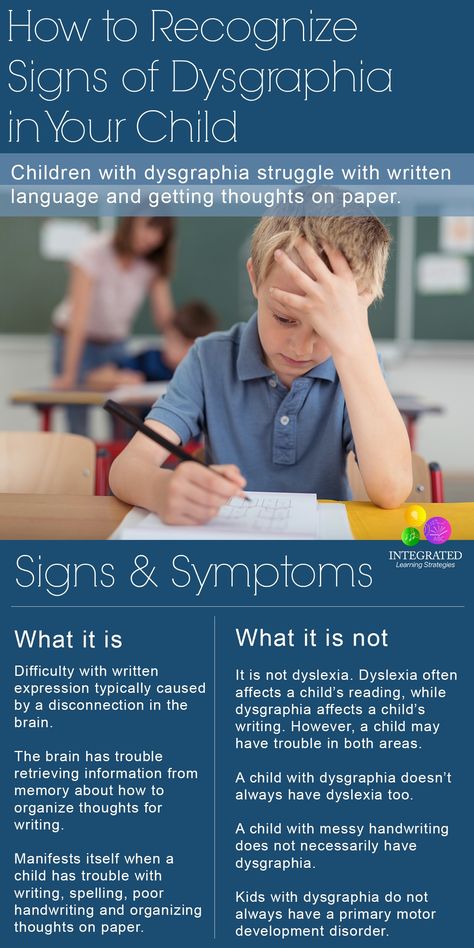 You can talk to the teacher or other professionals working with your child to find out what is best for your child and your family.
You can talk to the teacher or other professionals working with your child to find out what is best for your child and your family.
You may need to try several different types of support before you decide what is right for your child and family. It will also show your child how to be persistent and not give up.
Learning disability can be corrected — Family Club Merry Giraffe, Oryol
Heredity, congenital or acquired diseases, relationships with peers, relationships in the family - all this is the cause of learning difficulties. And these are just a few of the possible reasons.
According to experts, 40-60% of today's schoolchildren are incapable of learning. And not because they are lazy or cannot force themselves, but because they are really sick.Moreover, the argument “In our time, this was not the case” is also true - in modern society, a number of deviations are developing, which were either not common before, or not so well studied.

How do these disorders occur and can they be cured?
Tell t Svetlana Shishkova, neuropsychologist, candidate of psychological sciences, head of the scientific and practical center "Dom", author of a developmental methodology for children with school skills disorders.
What a distraction
“Capable, but lazy”, “inattentive, in the lessons he is in the clouds”, “cannot answer the simplest questions”. At least one child, and whose address such phrases sound, is, probably, in every class in any school. In fact, no one doubts the abilities of these guys (among them there are those who successfully study at a music or art school), there is no talk of “pedagogical neglect” either - parents do not spend the night at school and do not spare money for tutors. But, despite all efforts, children make a lot of mistakes in assignments, cannot retell what they have read and add up single-digit numbers. But even experienced teachers do not understand that this is not laziness, and not stubbornness, but a disease.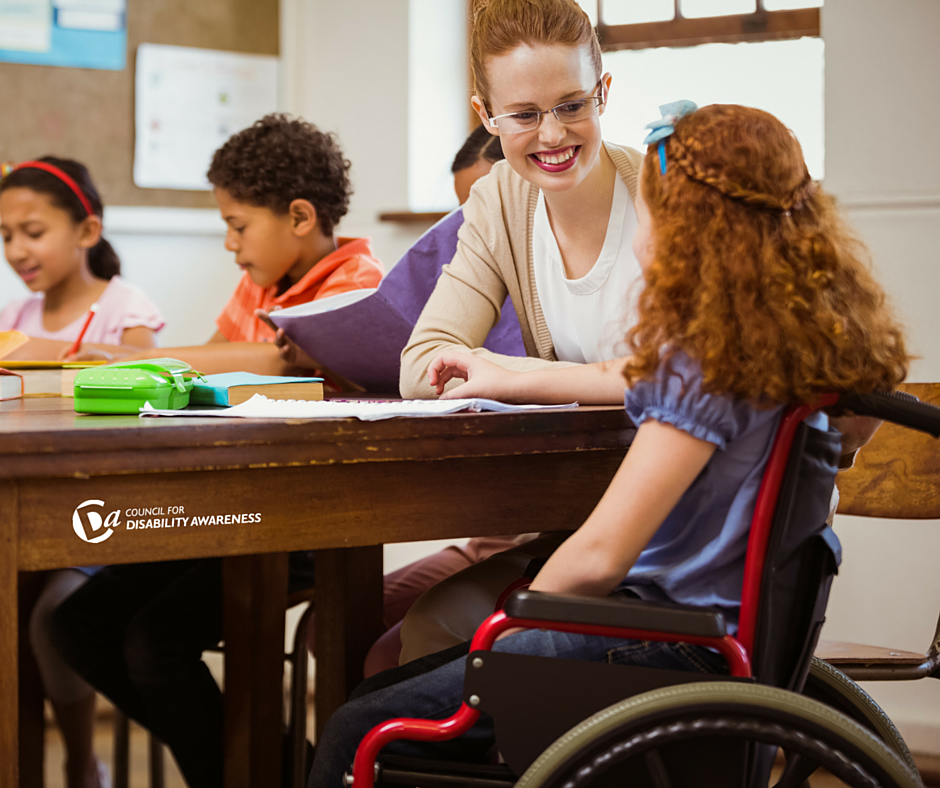
I look into the book, I see...
In the international classifier of diseases, there are several such deviations at once - they are allocated in a separate group, which is called "disorders in the development of school skills." It includes dyslexia (inability to read), dysgraphia (pathological illiteracy), dyscalculia (counting problems), dyspraxia (clumsiness), attention deficit disorder and autism spectrum disorders (communication difficulties).
These problems rarely occur in isolation. Children who have difficulty reading often have spelling errors. Clumsy children have counting problems, and withdrawn, sullen children have anxiety disorders.
The child cannot be expected to outgrow the problem. School disorders are characterized by a certain sequence. First, the child has a speech delay (up to 3-4 years), which at 7-9 years old is replaced by difficulties with reading and writing. In adolescence, the problems of spelling (the process of translating spoken language into written language and vice versa) come to the fore.
In adolescence, the problems of spelling (the process of translating spoken language into written language and vice versa) come to the fore.
It is believed that learning disability occurs due to violations in the processing of information in the higher parts of the brain. Researchers suggest that the brain of such children develops asymmetrically - some parts mature more slowly, some faster.
Most likely, problems are laid in the first three months of intrauterine development, when the child's brain structures are being formed. Any trouble during this period (illness, injury, stress, etc.) can affect their formation, which will inevitably affect the speech, memory, and thinking of the baby.
Genetics also plays an important role. For example, dyslexia (the most studied disorder under consideration) often occurs in members of the same family.
The classic example is President George W. Bush Jr. . Journalists wrote that his speech, in terms of the number of errors, resembles the speech of a foreigner who has recently studied English.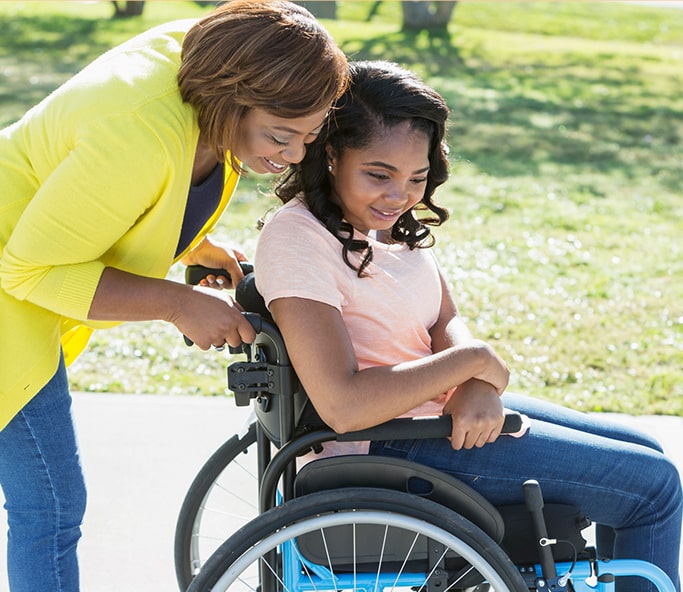 His brother also suffered from dyslexia.
His brother also suffered from dyslexia.
Counted - shed tears
Despite the fact that such disorders were described as early as the 18th century, it is in the modern world that they have come to the fore. Some radical experts believe that up to 60% of children today (to one degree or another) suffer from learning disabilities. According to their data (there is simply no Russian incidence statistics for this item), 1% of children suffer from such autism spectrum disorders, 17% - dysgraphia, 10% - dyslexia, 2-10% - dyspraxia (pathological clumsiness), 5 %.
The rise in morbidity is explained, among other things, by the improvement in the quality of medical care.
Today, perinatologists have learned how to nurse children born with a critically low body weight (500 g). Deviations in development in such babies are much more common.
There is a suggestion that a disorder in school skills may occur after the birth of a child. The reason for this is the information chaos into which children are immersed from the first years of life.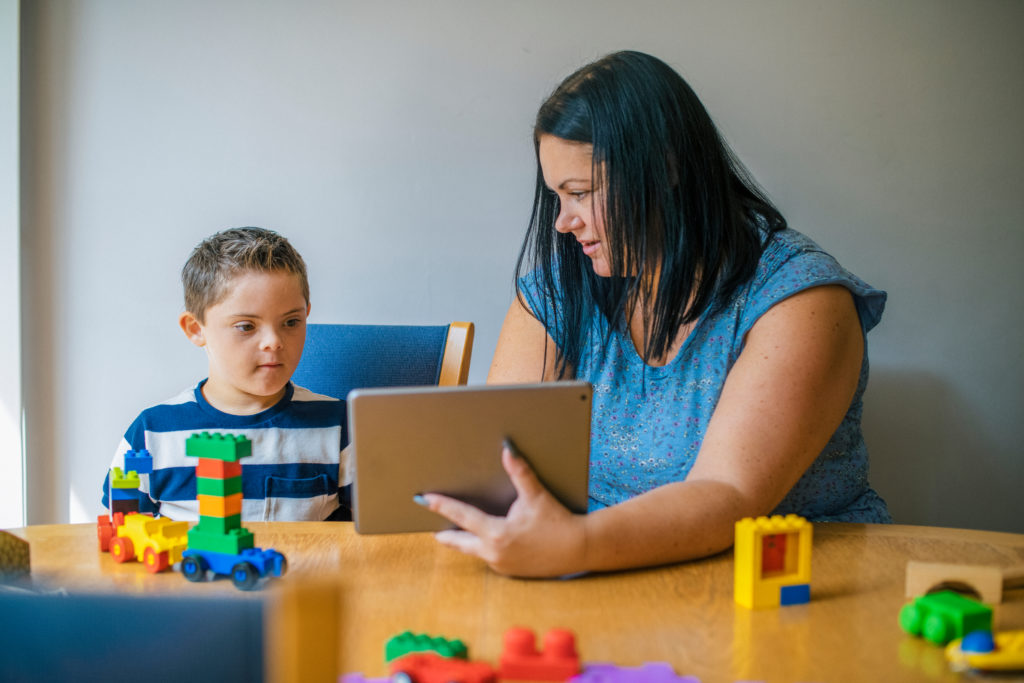 Advanced parents begin to develop a child from the cradle, overloading brain areas that are not yet ready for such a volume of work.
Advanced parents begin to develop a child from the cradle, overloading brain areas that are not yet ready for such a volume of work.
This leads to the opposite effect - a delay in the development of the most important mental functions. Overload also leads to emotional instability and nervous breakdowns - the need to perform unattainable tasks takes away most of the child's mental strength.
What to do?
There is no cure for learning disabilities. But it can be corrected by teaching the child to live with this problem. However, since officially there is no such problem in our country, there are no approved rehabilitation programs either.
All existing Western methods of correction provide for an integrated approach - the use of breathing techniques (to strengthen the nervous system), exercises for large motor skills (to stimulate the parietal parts of the brain), writing techniques according to a certain technique aimed at activating and harmonizing all parts of the brain, and also on the formation of interhemispheric communication.
What do modern schoolchildren suffer from?
Dyslexia (reading disorder)
Occurs in one in ten children, usually at the age of 9-10 years. Experts have found that dyslexics perceive words as pictures and images. If the word does not evoke visual associations in the child, he skips it when reading.
Reading takes a lot of strength from a dyslexic - even a simple text causes nervous tension, and the child is often not able to retell what he has read at all.
Dyslexia is often accompanied by errors in the spelling of words and numbers, peculiarities in the perception of time and space.
Dysgraphia (writing disorder)
According to speech pathologists, dysgraphic errors occur in 20-30% of younger students. Experts distinguish several types of dysgraphia.
- Phonemic: the child writes “as he hears”, ignoring the spelling rules.
- Optical: when writing, letters are replaced by similar ones in the pattern (З-Э, Р-б), Л-Д, З-В).
 If the child does not remember the letter, he can turn it over, skip it or draw it as he sees fit.
If the child does not remember the letter, he can turn it over, skip it or draw it as he sees fit. - Agrammatical: words do not change in cases, numbers, genders. "Girl gone", "school year". This problem is common in bilingual families.
Dyscalculia (Inability to learn arithmetic)
The simplest mathematical operations introduce the child into a stupor. The child can neither solve nor remember the problem. As a rule, such children do not feel the time and cannot organize it.
Dyspraxia (impaired coordination)
From the outside looks like pathological clumsiness. Such children often become objects of ridicule, therefore they do not participate in outdoor games. They are shy, stubborn, shy, they are characterized by increased fatigue, since simple actions require more effort from them.
ADHD (Attention Deficit Hyperactivity Disorder)
Children are impulsive and pathologically inattentive, all have problems with activity control. With age, manifestations of hyperactivity are smoothed out.
With age, manifestations of hyperactivity are smoothed out.
Autistic Spectrum Disorders (ASD)
It is difficult for such children to have any communication - they are afraid of any contact and prefer loneliness. Because of this, their social skills are violated, and any change in the environment can end in hysteria for them. They often repeat the same actions and get hung up on one thing. They differ in uneven behavior, often - aggressiveness.
Tells child psychologist Elena Kuramshina.
- Dyslexia - a violation in the connections of the visual, speech-motor and speech-auditory analyzer, in other words, the inability to correctly and quickly recognize words. Such children change letters and numbers in places, read backwards and write letters in a mirror (in the opposite direction). The most difficult thing for them is to retell the text (a typical task in elementary school).
If a child has been diagnosed with dyslexia, he/she will need special education, i.
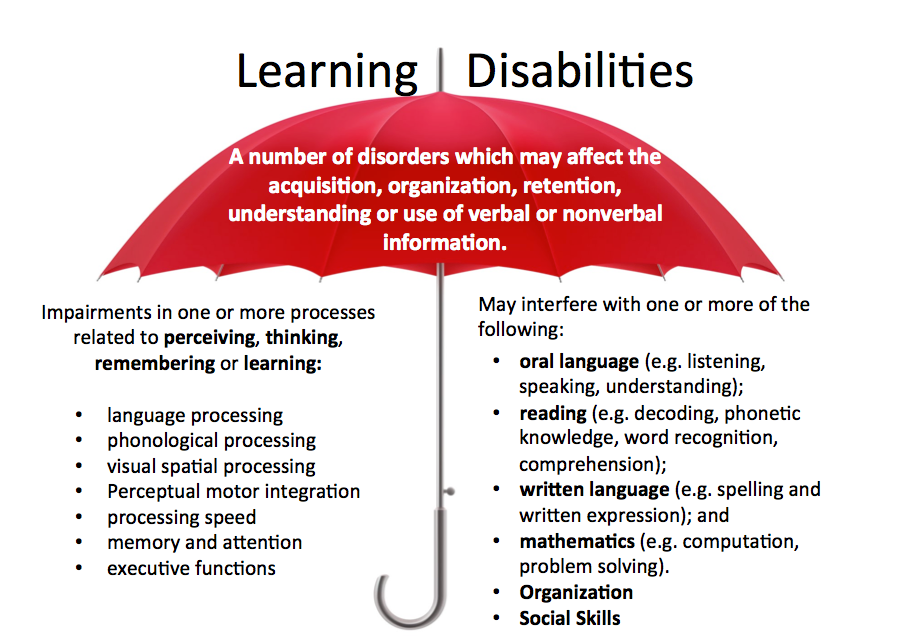 e. individual lessons.
e. individual lessons. Early diagnosis of dyslexia is a blessing. The sooner the child begins to study, the more likely it is that he will not have problems with learning and communication.
The essence of the classes is the training of speech hearing and letter vision. To do this, experts use speech games, cut the letters and ask the child to collect them.
Such children are well helped by the magnetic alphabet for folding words. Children are taught to pronounce sounds and explain what letter this sound corresponds to when writing.
Parents of dyslexics need to be patient - they will have to study for a long time and regularly. Only in this case, the baby will be able to join the ranks of geniuses - dyslexics.
What should alert?
1. Mirror spelling of letters - "i", "u", "z". A dyslexic child often writes them backwards.
2. The child reads the words backwards and writes the numbers, rearranging the signs.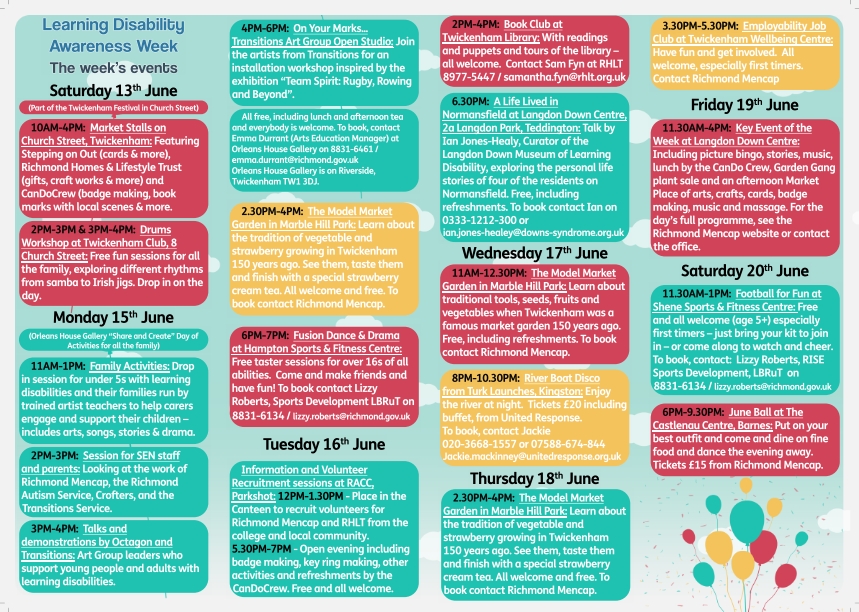 For example, instead of "20", "02".
For example, instead of "20", "02".
3. Cannot retell the simplest text, although he tries very hard.
4. "Hangs" over each task.
5. Has difficulty remembering poetry.
6. Has difficulty with time perception.
7. The child is constantly distracted.
8. He often has mood swings.
For dyslexia:
- Talk to your child more
- Call him for a dialogue - ask him to tell how the walk went, how many guys were on the site, who and what they were wearing.
- Develop fine motor skills - add puzzles, mosaics, constructor with it.
- Buy a magnetic alphabet and make simple words
- Draw, sculpt, cut letters from paper
- Learn poems by heart
- A child with dyslexia cannot sustain attention for long periods of time on reading and writing tasks.
 It's too much energy for him. Until the actions become automated, exercises with such children should be done in short cycles, but often.
It's too much energy for him. Until the actions become automated, exercises with such children should be done in short cycles, but often.
What exercises will help improve brain function?
Charging for the brain is not a myth, but a reality. Some physical exercises can improve not only memory, but also mental abilities.
Tells Professor, Head of the Department of Preventive Medicine and Fundamentals of Health, Novosibirsk State University. Lesgafta Roza Tsallagova :
Brain Gymnastics was developed by American doctor Paul Dennison specifically for children recognized by doctors as being unable to learn. The guys performed this gymnastics daily, for 10-15 minutes. A year later, their academic performance improved by 50%, and testing showed that they began to concentrate better on the task at hand.
Brain gymnastics is based on the natural movements of children at an early age, which contribute to the natural development of brain activity.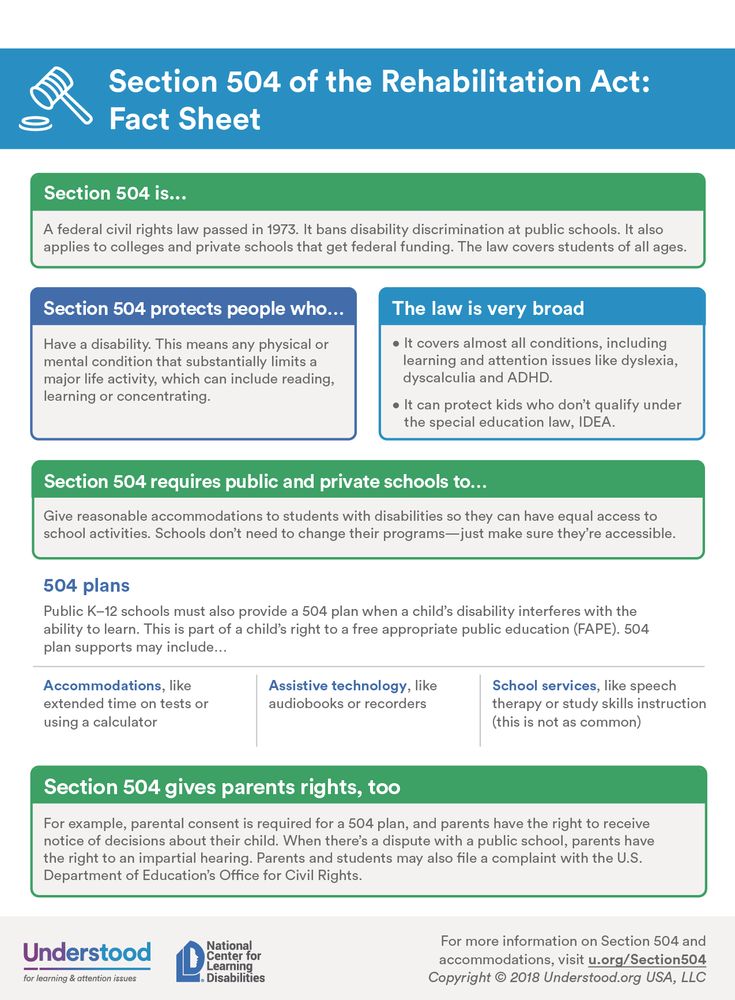 Therefore, 5-7 minutes of vigorous exercise provide an excellent recharge of the brain.
Therefore, 5-7 minutes of vigorous exercise provide an excellent recharge of the brain.
Knee-elbow exercise
Starting position: Standing, feet shoulder-width apart.
Raise and bend the left leg at the knee, with the elbow of the right hand touch the knee of the left leg, then also with the right leg and left hand. Repeat the exercise 8-10 times.
Heel Curl
Starting position: Sitting on a chair, place your ankle on the other knee. Find with your hands tense places in the calf muscle and, holding them, bend and unbend the foot. Repeat for the other leg too.
Elephant exercise
Experts call it "the hymn of the brain." Excellent relieves stress, promotes concentration, stimulates mental activity.
Stand in a relaxed posture. The knees are slightly bent. Tilt your head to your shoulder. From this shoulder, extend your arm forward like a trunk. Draw a lying figure eight with your hand, follow the movements of your fingertips with your eyes. Perform the exercise slowly from three to five times with the left hand pressed to the left ear and the same number of times with the right hand pressed to the right ear.
Perform the exercise slowly from three to five times with the left hand pressed to the left ear and the same number of times with the right hand pressed to the right ear.
Stretching exercise
Raise your right hand up. With your left hand, move your right hand in different directions: bringing it closer to the head, away from the head, trying to lower your hand down, take it behind your back. The right hand should offer slight resistance to the left. Return to starting position with arms outstretched in front of you. Then change hands. Repeat with each hand 4 times.
Swing exercise
Sit on the mat with your knees bent. Grab your knees with your hands, lean back. Rounding your back, sway back and forth, from side to side with a small amplitude. Return to starting position.
Fist exercise – palm – rib
Starting position: Sitting at the table, hands on the table.
